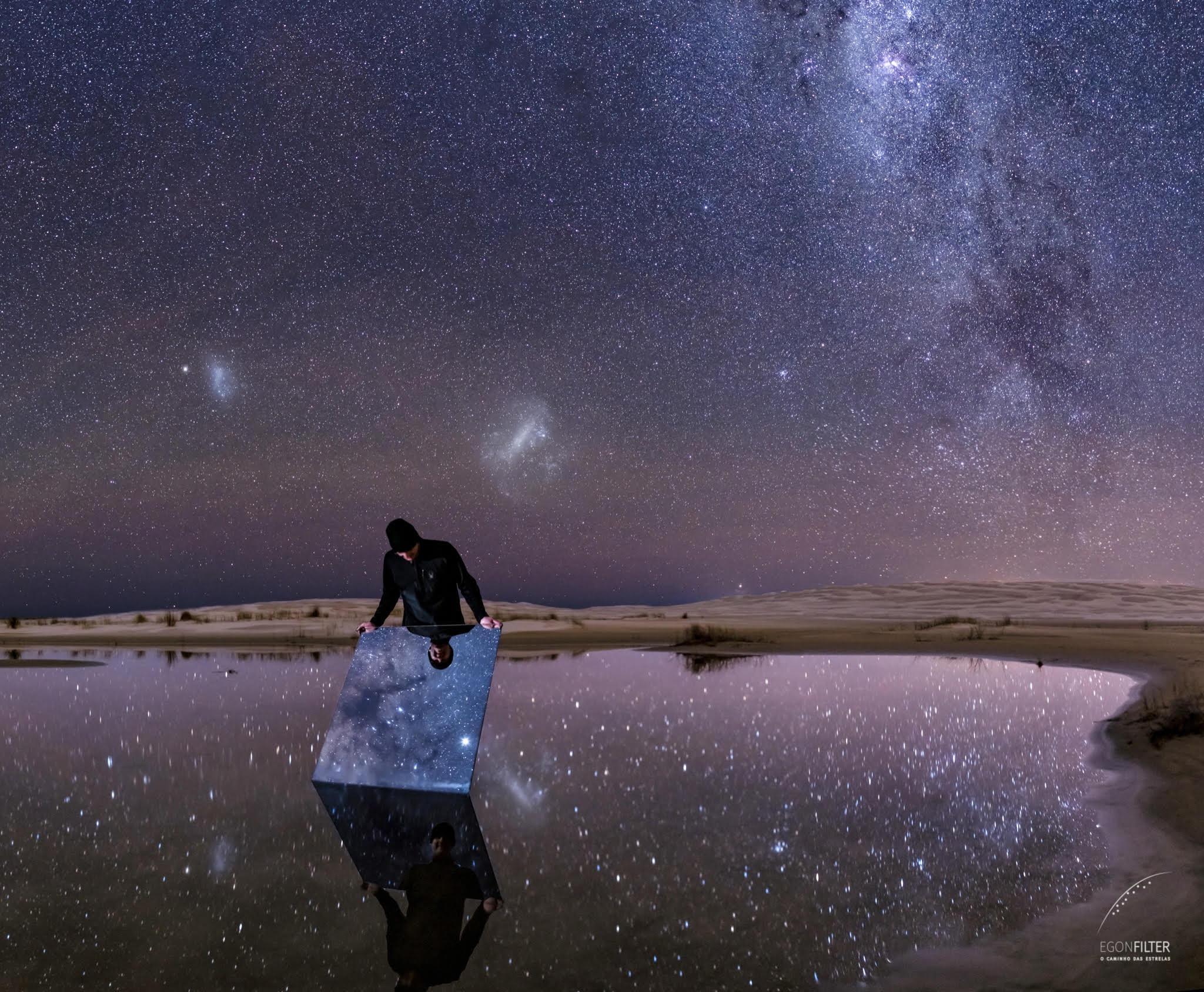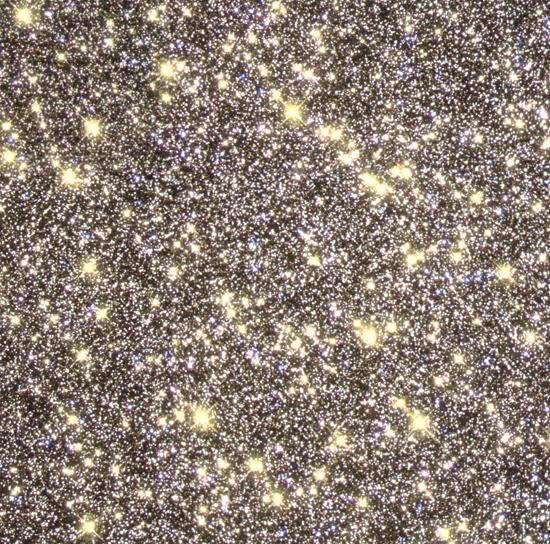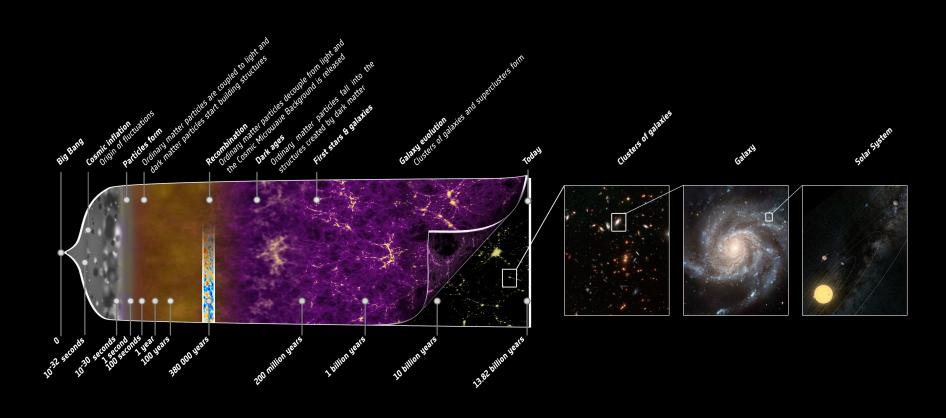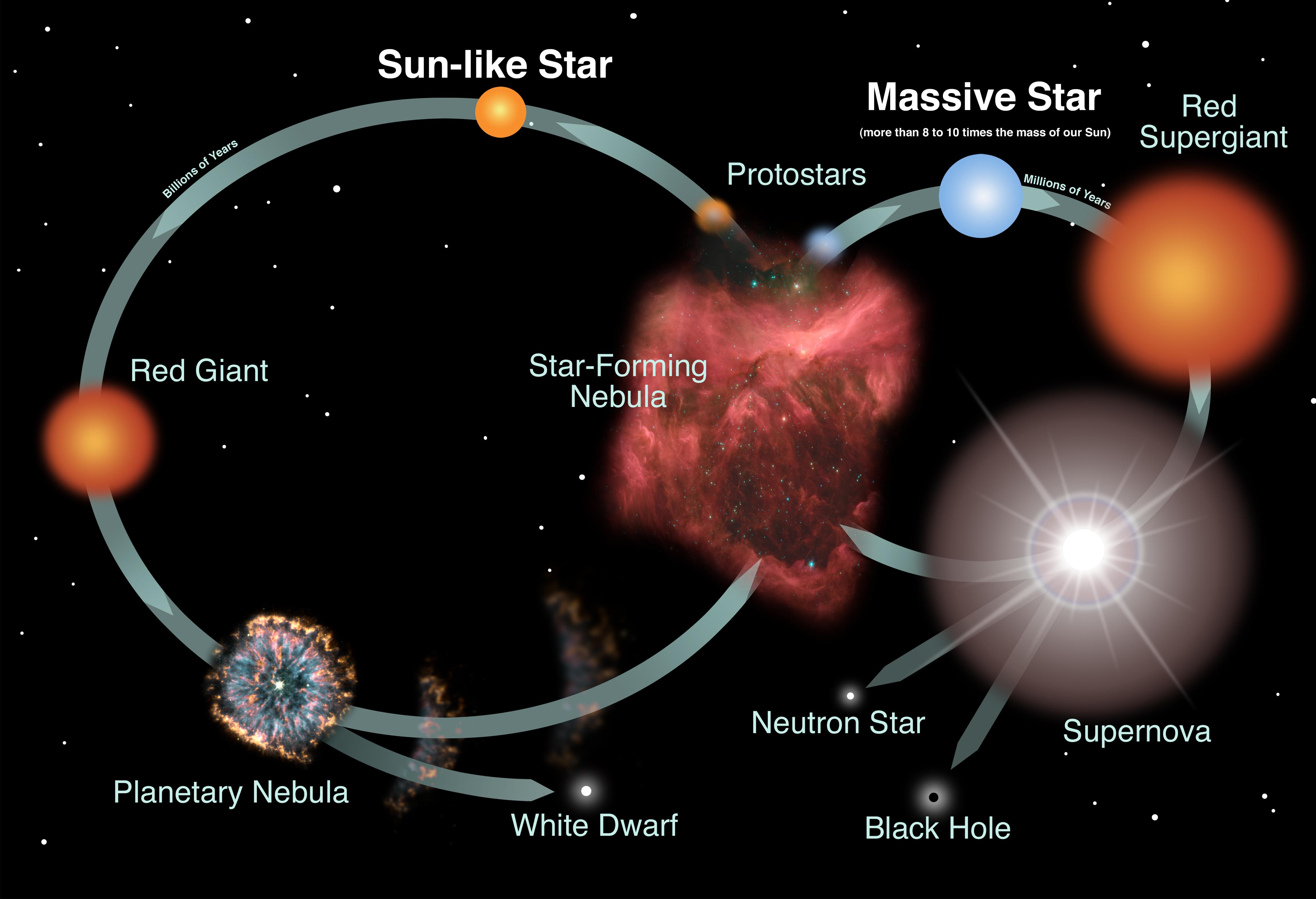Why is the sky dark at night?
3 min read
Why is the sky dark at night? You might think the answer is obvious: because the sun didn’t rise. However, in reality, the sky only appears blue during the day because sunlight is scattered through the Earth’s atmosphere; Without the atmosphere, the sky would always be dark, even during the day. If we were to think a little deeper about this, the more pressing question would be: Why is space dark?

Space is filled with countless stars, many of which are as bright as the Sun itself. If the universe is infinite – or at least incredibly large – shouldn’t our line of sight eventually find a star, no matter which direction we look? Also, since there are trillions of galaxies, why doesn’t the light from all of them illuminate every spot in the sky?
If that were the case, the entire sky should be as bright and hot as the surface of the sun, which it most certainly is not. Where, then, does this argument go wrong? These are not easy questions to answer and this mystery has puzzled astronomers for centuries.But eventually, science rose to the challenge.

How did Olbers’ paradox arise?
famous German astronomer Johannes Kepler He first presented this problem in 1610 and also proposed its first solution: he believed that the stars extend only to a finite distance. Once her line of sight crosses that limit, she only finds an empty space. But how far is that limit? Why is there? And then what?
After Kepler, astronomers proposed several solutions to the problem of the dark night sky. which has come to be called Olbers’ paradox.. In 1823, German astronomer Heinrich Olbers proposed that starlight is gradually absorbed during its journey through space, and that this would prevent light from any star beyond a large enough distance from reaching Earth.
But this does not solve the problem either. Any interstellar gas or dust would simply heat up until it re-emitted all the starlight it absorbed, and the energy reaching us would be the same.
In other words, something was wrong. Our universe cannot be static, infinite and full of stars that shine forever. If that were the case, the night sky would have been shining forever, everywhere, and in every direction. Something was clearly missing.

What astronomers of Olbers’ day didn’t know is that the universe we live in today had a beginning: the first cosmic day. This starting point is known as the Big Bang and it marked the beginning of all matter, radiation, energy and light that may have existed in the observable universe.
Since the universe did not exist forever, therefore, We can only observe stars and galaxies that are at a specific, finite distance. Therefore, we can only get a limited amount of light, heat, and energy from them, and there can’t be a randomly large amount of light in the night sky.

But this is not the complete solution to Olbers’ paradox. Today, astronomers know that most stars, like the sun, shine for a few billion years before they use up their nuclear fuel and darkness sets in. Dying stars expel gas and dust back into space, and this matter gives rise to new generations of stars.
After enough generations, the universe eventually runs out of nuclear fuel, and the formation of luminaries eventually ends. Therefore, even if the universe were infinitely old and infinitely large, it would not contain enough fuel to keep the stars shining forever and fill all space with starlight. This is why the night sky is dark.

“Entrepreneur. Music enthusiast. Lifelong communicator. General coffee aficionado. Internet scholar.”

:strip_icc()/s04.video.glbimg.com/x720/11792055.jpg)

:strip_icc()/s03.video.glbimg.com/x720/11786998.jpg)



